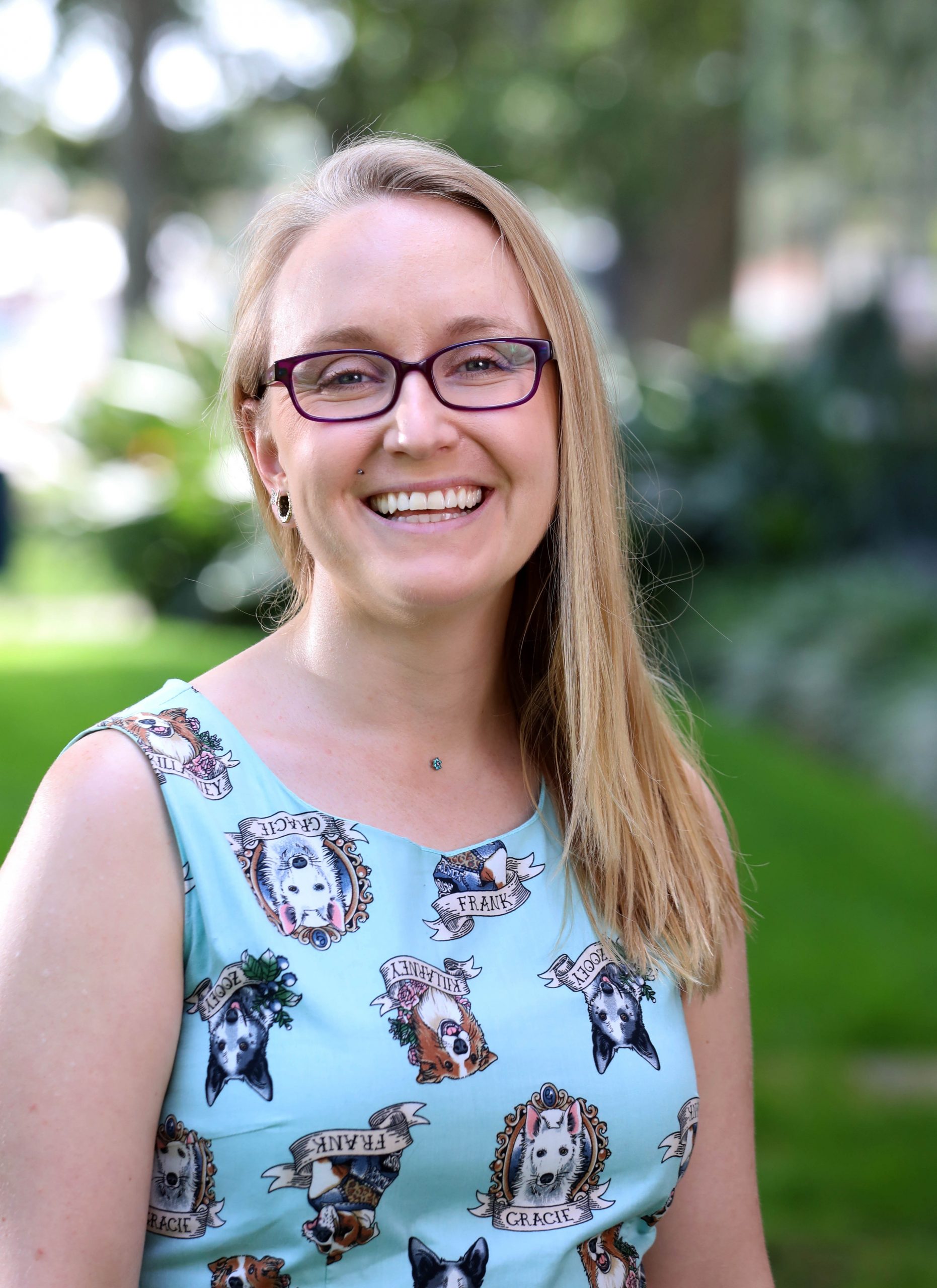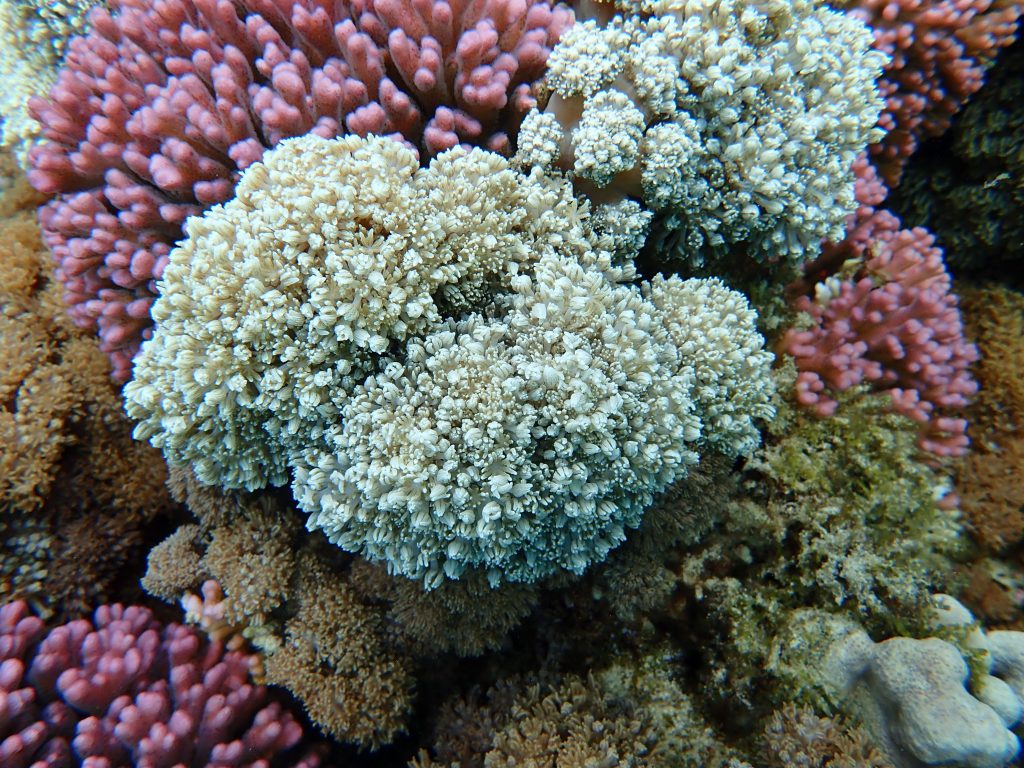By Caitlin Healy

Dr Oleksandra Molloy has more than 10 years’ experience in teaching, research, and consultancy in the areas of aviation, road safety, human factors, education/training, and rail. Her current focus is the training of novice pilots and drivers using flight simulators and Mobileye tracking systems to build their non-technical and risk management skills, ensuring that these young operators can succeed in the future.
Oleksandra has contributed to a range of government and industry research projects including Australian Research Council (ARC), Transport for New South Wales (TfNSW), Sydney Trains, Roads and Maritime Services (RMS), Australian Customs and Border Protection Services (ACBPS). She recently joined UNSW ADFA as a lecturer in Aviation at School of Engineering and Information Technology.
On a trip back home in Ukraine, Oleksandra travelled back to her high school, the Gymnasium of New Teaching Technologies in Kropyvnytskyi (Ukraine) to help inspire the next generation of girls to think about a career in STEM. Oleksandra has fond memories of her time there and wanted to pass on those to the current students.
“I remember I have always been a girl with big dreams, and beliefs that one can achieve anything s/he wants” and “one should set high goals and find ways to achieve them”.
She wanted to pass the message to the members of staff and the Headmaster Lubov Krasnova “Thanks to the inspiring teachers at the school, I have gained many personal and professional traits for the future, including the ability to set high goals in life and achieve them.”
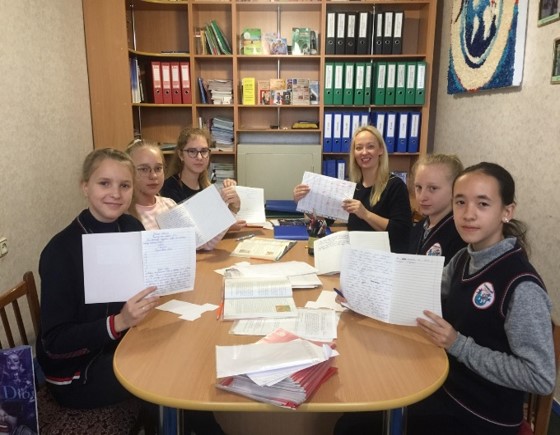
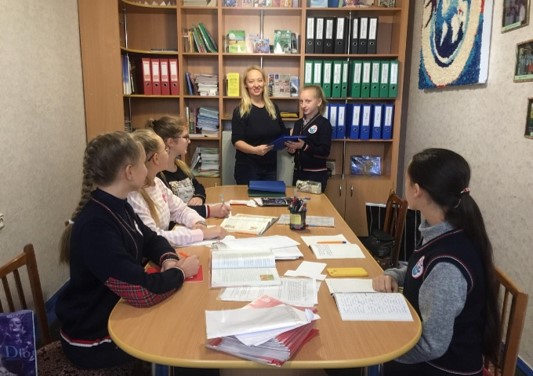
Oleksandra set two challenges for the girls. The first was for the girls from Yr 7 to participate in a discussion panel about the exciting aspects in STEM professions and the increasing demand for recruiting female professionals for jobs in these areas.
The girls then turned their attention to what they saw in their future with an essay competition on “My dream profession in STEM” this got them thinking about why they might want to pursue a career in STEM and the options available to them. Anna Panchenko won the best essay prize.
In the second challenge, the Yr 11 girls were asked to design and develop new robots based on their past knowledge of robotics. In the first stage, each team designed a new robot to solve an engineering problem of their own choice and explain the purpose of the robot. In stage two, the students had to build a robot-car for industry.
“This was a really fun activity for all the students as they had to engineer a real robot with the mission.”
The winning team (pictured) was from Yr 11 and have already competed in the Ferrexpo Robot Fest and Best Robo Fest robotics competitions before. These girls are well on their way to becoming leaders in the field of robotics with their second-place medal in the First Lego League.
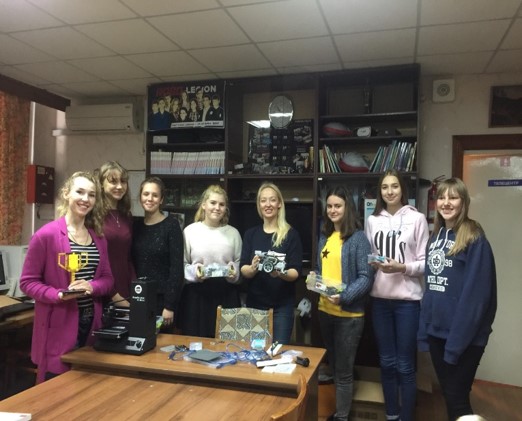
When the borders reopen, Oleksandra plans to return and continue her work with the Gymnasium of New Teaching Technologies, Ukraine to inspire and motivate young girls about expanding and developing their creative skills, teamwork and leadership, as well as future prospects in STEM.


